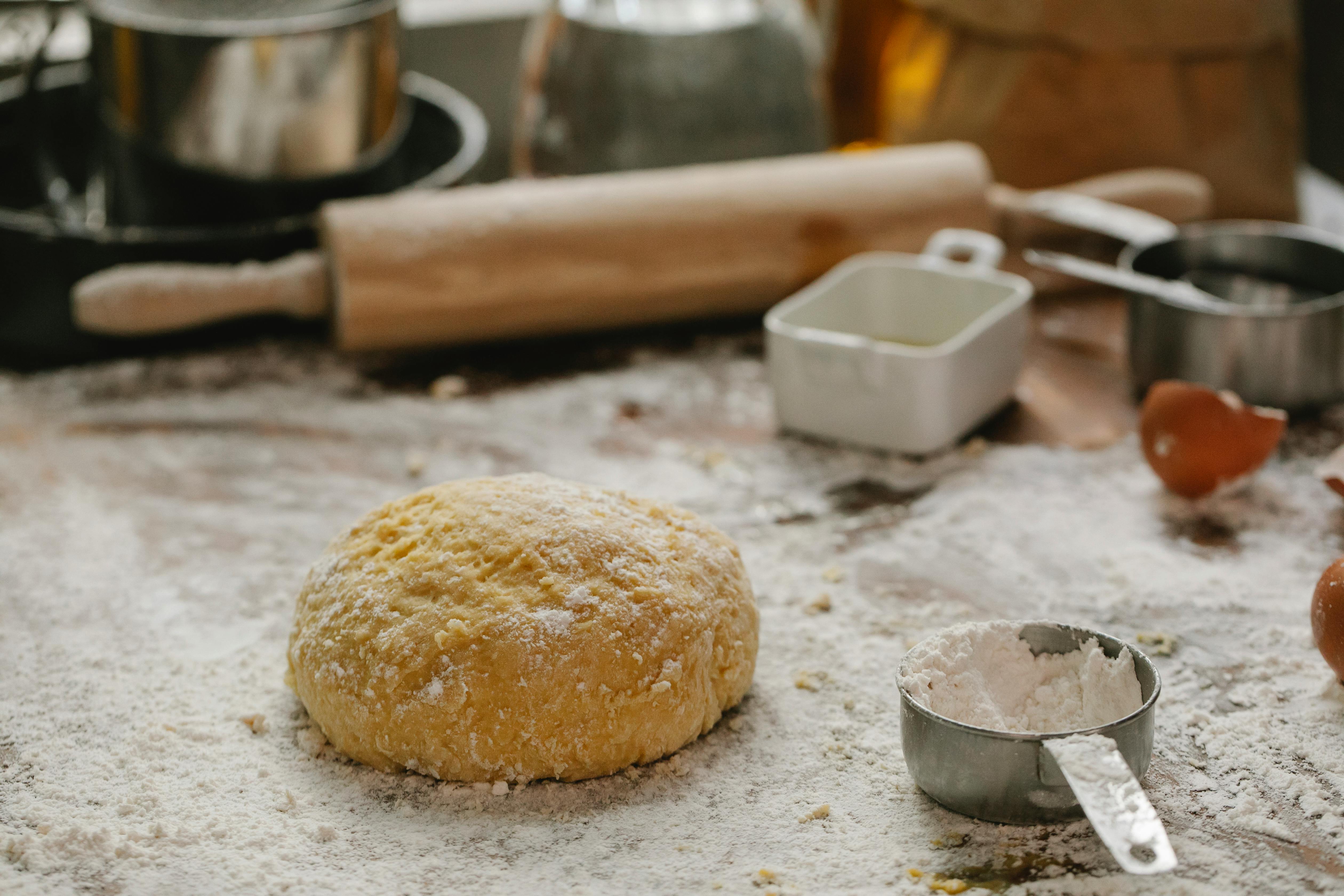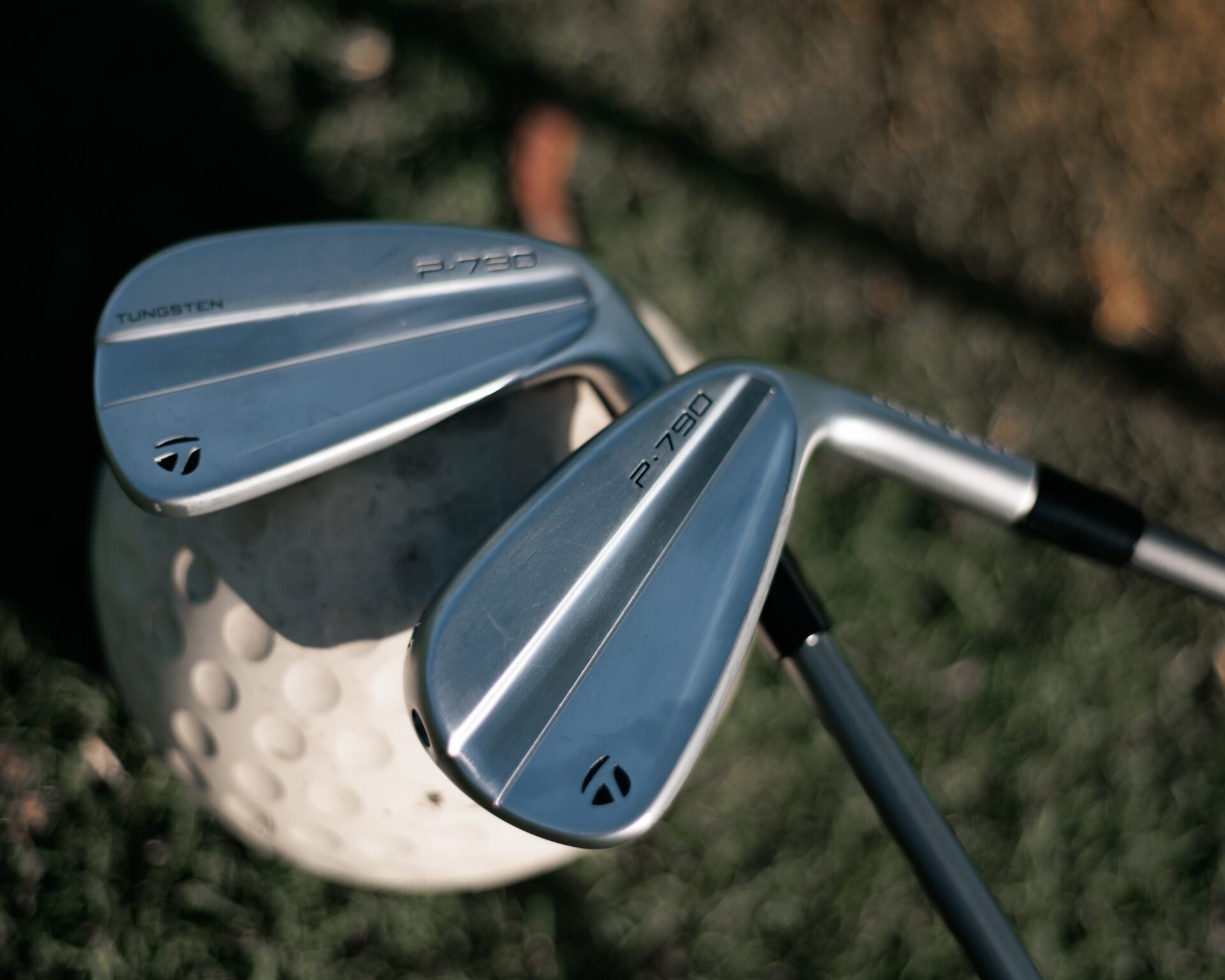Making a medicine ball at home is a great way to save money. You can use items you have around the house, such as old towels, to make a medicine ball that is both effective and inexpensive. With this guide, you will learn how to make a medicine ball that is perfect for strength training or rehabilitation exercises. Depending on your needs, you can customize the size and weight of the medicine ball to ensure that it meets your requirements. By following these steps, you can make a durable and reliable medicine ball from the comfort of your own home.A medicine ball is a weighted ball, usually about the size of a basketball, that is used for physical exercise and rehabilitation. Medicine balls are often used for strength training, balance exercises, and plyometric exercises. They are also often used in physical therapy to help improve coordination and core strength.
Benefits of Making Medicine Ball at Home
Medicine balls are an essential piece of equipment in any gym, and for good reason. Not only are they great for developing strength, balance, and coordination, but they can also help improve cardiovascular fitness. And the best part is that you can make your own medicine ball at home with just a few materials and some basic instructions. Here are some of the benefits of making a medicine ball at home:
The first benefit is cost savings. Compared to buying a medicine ball from a store, making one at home is much cheaper as you can use items such as old clothes or towels to make your own. This makes it especially useful for those on a budget who still want to get the benefits of using a medicine ball.
The second benefit is that making your own medicine ball allows you to customize it according to your needs. You can choose the weight and size that best suits your body type and fitness level. This means that it will be more effective in helping you reach your goals.
The third benefit is that it can provide an effective full-body workout. Medicine balls are great for developing core strength as well as working on other muscle groups such as your arms and legs. This makes them an ideal tool for those looking to get an intense workout without having to go to the gym.
Finally, making a medicine ball at home gives you more control over how often you use it. You don’t need to worry about waiting for someone else’s turn or having to buy another one if yours gets damaged – you can simply make another one whenever you need it!
Overall, there are many benefits to making a medicine ball at home rather than buying one from a store. Not only is it cheaper but it also allows you to customize it according to your needs, provides an effective full-body workout, and gives you more control over how often you use it.
Materials Required to Make Medicine Ball at Home
Creating a medicine ball at home is a great way to improve your strength, agility, and coordination. To make a medicine ball, you will need some basic materials that are easy to find and affordable. These materials include: a large exercise ball, strong thread or rope, and some heavy weights such as sandbags or rocks.
If you are using an exercise ball for your medicine ball, it should be large enough to fit the weight of the objects inside it without bursting the seams. If you plan on using sandbags or rocks as your heavy weights, make sure they are heavy enough to provide resistance when used in exercises. For the thread or rope, make sure it is strong enough to hold all the components together securely.
Once you have gathered all of your materials, you can begin making your medicine ball. Start by cutting the thread or rope into pieces that are long enough to wrap around the circumference of the exercise ball several times. Then tightly wrap them around the circumference of the exercise ball until it is secure and sealed off completely.
Next, fill your medicine ball with either sandbags or rocks until it is full enough to provide resistance when used in exercises but not so full that it cannot move freely when thrown around during exercises. Finally, tie off any loose ends with more thread or rope so that none of the weights can escape from inside your medicine ball during use.
Once you have finished creating your medicine ball you can begin using it right away! Medicine balls are incredibly versatile pieces of fitness equipment and can be used for a variety of different exercises including squats, Russian twists, planks and throws. With regular use they will help increase strength and stability in many areas of your body!
Introduction
Medicine ball is a great tool for exercising and it can be easily made at home with minimal materials. This step-by-step guide will help in making a medicine ball at home.
Gather the Supplies
The supplies required for making a medicine ball are: old cloths, a roll of duct tape, scissors, stuffing material and a sewing machine (optional). Make sure that all the supplies are easily available before starting the project.
Cut the Cloth
Cut two equal sized squares from the old cloths using scissors. Make sure that both squares should have the same length and breadth. It is recommended to keep the size of squares slightly bigger than desired size of medicine ball.
Sewing
Now, sew both squares together along their edges using a sewing machine or by hand. Make sure that leave an opening for stuffing material while sewing the edges.
Stuffing
Once done with sewing, stuff both squares with desired stuffing material such as polyester fiberfill or cotton batting. Make sure to fill it enough until it reaches desired shape and size.
Closing
Close the opening by hand stitching or using duct tape to secure it properly. Once done with this step, your homemade medicine ball is ready to use.
Conclusion
Making medicine ball at home is easy and fun process that doesn’t require any special skills or tools. With minimal supplies and a bit of patience you can make your own homemade medicine ball in no time!
Alternatives to Making a Medicine Ball at Home
If you’re looking for an alternative to making a medicine ball at home, there are plenty of options available. Many stores sell pre-made medicine balls that come with handles, straps, or other features that make them easier to use. Additionally, many gyms offer medicine balls as part of their equipment selection. There are even some online retailers that specialize in fitness equipment and offer medicine balls for purchase.
Another option is to purchase an exercise ball and fill it with sand or rice. This is a great way to get the benefits of using a medicine ball without having to buy one. It’s important to make sure the exercise ball you purchase is the right size for your height and weight so that it offers the most benefit when using it during workouts.
You can also create your own “medicine ball” by filling a duffel bag with sand or rice which can help you simulate the effects of using a medicine ball. This is an easy and affordable way to get the same benefits as using a traditional medicine ball without having to buy one.
Finally, you can also use household items such as cans or jugs of water as makeshift medicine balls for various exercises such as squats and lunges. This is an especially good option if you don’t have access to any other type of fitness equipment and want something lightweight that you can use at home or on-the-go.
Overall, there are plenty of alternatives available if you’re looking for something other than making a medicine ball at home. Whether you choose to buy one from a store, fill an exercise ball with sand or rice, create one out of a duffel bag, or use household items as makeshift weights, there’s something out there that will work for you!

Making a Medicine Ball at Home
Making your own medicine ball is a great way to save money and customize your workout. With just a few simple materials you can make a medicine ball that’s perfect for your needs. Here are some tips for making a medicine ball at home:
First, decide what type of material you want to use for your medicine ball. There are many different types of materials available, including foam, rubber, and fabric. Choose the one that best suits your needs and budget.
Next, decide what size medicine ball you want to make. If you’re using fabric or rubber, you can easily adjust the size by adding or removing stuffing. For foam balls, it’s best to purchase pre-cut pieces of foam in the desired size.
Once you’ve chosen the material and size of your medicine ball, it’s time to start assembling it. If you’re using fabric or rubber, stuff the material with filling until it reaches the desired size and shape. For foam balls, simply put the pieces together and secure them with glue or tape.
Finally, if desired, add handles or straps to your medicine ball for easier handling during workouts. You can easily do this by attaching rope handles with glue or sewing them onto the ball with thread. Once complete, enjoy your new homemade medicine ball!
Not Testing the Materials
One of the most common mistakes people make when attempting to make a medicine ball at home is failing to test the materials they are using. It is essential to make sure that all of the materials you are using are up to the task, and that they won’t break or tear during use. If you are unsure, it is always best to err on the side of caution and use high-quality materials. If you are unsure of what type of material to use, it is best to do some research beforehand or consult an expert.
Forgetting About Weight Distribution
When making a medicine ball at home, it is important to remember that weight should be distributed evenly throughout the ball for optimal performance. If your ball has too much weight concentrated in one spot, it can lead to an uneven distribution and can cause problems when using the ball. To ensure even weight distribution, you should ensure that all components used in making the ball are roughly the same weight and size.
Not Accounting for Material Expansion
Many people forget about material expansion when making a medicine ball at home. This can be a major issue since some materials will expand when they get wet or exposed to heat or cold. As such, it’s important that you account for this when designing your ball so that it doesn’t become distorted as a result of expansion. It’s also important to consider how much space you leave between components so that expansion won’t cause any issues.
Using Inappropriate Filler Material
Another common mistake people make when making a medicine ball at home is using inappropriate filler material such as sand, rocks, or other hard objects. These types of materials can cause damage to the inside of your medicine ball and can even render it unusable if they break through its outer layer. Instead, opt for softer filler materials like foam or fabric scraps which won’t damage your equipment.
Not Securing Your Ball Properly
Finally, another mistake people often make when making their own medicine balls is failing to secure them properly before use. You should always double-check your knotting technique and ensure that all seams are properly sealed off with tape or glue so that no air escapes from inside your ball during play. Doing this will help prevent any potential accidents from occurring while playing with your handmade medicine ball.
How to Choose Fillings for Your Homemade Medicine Ball
Creating your own medicine ball is a great way to add an extra layer of challenge and variation to traditional exercises. Choosing the right fillings for your homemade medicine ball is essential in providing the perfect amount of resistance for your workouts. Here are some tips on how to choose fillings for your homemade medicine ball.
The most common filling for a homemade medicine ball is sand. Sand provides a great amount of resistance and can be easily adjusted by adding or removing the amount of sand used. Additionally, sand is inexpensive and widely available, making it an ideal choice for those on a budget. However, it can be difficult to keep the sand inside the ball, so make sure you find a way to secure it tightly.
Rice is another popular option for filling a homemade medicine ball. It provides less resistance than sand but still enough for most people’s workouts. Rice is also lighter than sand, which makes it easier to transport and handle while exercising. Rice can also be sealed more securely than sand, making it less likely to leak out during use.
Beads are also an option when creating a homemade medicine ball. Beads provide more resistance than rice and are easier to keep inside the ball due to their smaller size. Beads are also lightweight, so they won’t add too much weight to the overall weight of the ball. However, they can be expensive compared to other fillings.
Whichever filling you choose for your homemade medicine ball, make sure that you get one that is durable and able to stand up against regular use. Additionally, make sure that you find one that fits your workout needs as well as your budget. With these tips in mind, you’ll be able to create the perfect medicine ball for your workouts!

Conclusion
Making a medicine ball at home is an easy and affordable way to add a new piece of equipment to your workout routine. With just a few supplies and some creativity, you can make your own medicine ball at home. This will allow you to get the most out of your workouts, as the ball will be tailored to your needs. With a little bit of time and effort, you can have a medicine ball that is perfect for your body type and will help you reach your fitness goals.
A homemade medicine ball provides an extra level of customization that other types of exercise equipment may not offer. You can adjust the weight of the ball to fit your needs as well as the shape and size so that it fits comfortably in your hands and arms. Additionally, if you choose to create a weighted ball, this can help increase the intensity of your workouts. No matter what type of exercise routine you are following, having a medicine ball at home is an excellent way to add a new dimension to your workouts.




